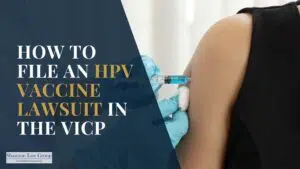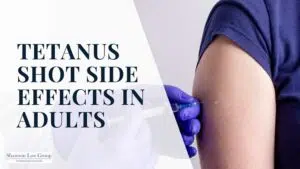
Recently, the U.S. House Committee on Transportation and Infrastructure passed amendments to the INVEST in America Act. Among the most important amendments proposed to the Act is the Garcia Amendment (Chuy Garcia – IL). This amendment would raise insurance minimum requirements for motor carriers from $750,000 per accident to $2,000,000 per accident.
The INVEST in America Act will now go to full House approval. Keep reading to learn more about the history behind trucking insurance minimums and how this new bill would help victims of truck accidents.
The History Behind Trucking Company Insurance Minimums in the U.S.
In 1980, Congress enacted The Motor Carrier Act. The Act established minimum insurance requirements to ensure public safety and to ensure that injured victims were adequately compensated if they were involved in a truck-related crash.
Though Congress set the minimum insurance coverage for motor carriers at $750,000, the intent of Congress was to regularly increase the minimums to keep up with inflation. However, in the 40 years since the Act was passed, the minimums have never been increased.
For context, if the $750,000 minimum was adjusted for medical cost inflation, the minimum would be nearly $5,00,000. When the Act was signed into law, $750,000 covered an average family’s salary for 60 years. Today, that same $750,000 only covers an average family’s salary for 15 years.
FMCSA highlighted this issues in 2014
In 2014, the Federal Motor Carrier Safety Administration (FMCSA) examined the minimum insurance limits. In their report to Congress, the FMCSA found that the medical costs of injuries and deaths resulting from truck-related crashes far exceed the $750,000 minimums.
As a result, many victims catastrophically injured by a negligent truck driver are left without a way to pay for the treatment they need. Despite this finding by the FMCSA, Congress did nothing to address the shortfall.
The Garcia Amendment #62 would increase the statutory insurance minimum for motor carriers from $750,000 to $2,000,000. Equally important, the amendment calls for the Department of Transportation to adjust the insurance minimum every 5 years for inflation.
What benefits would raising the insurance minimums provide?
First, they would make it more likely that insurance coverage will adequately cover serious truck accidents.
Obviously, there will be situations where a victim’s medical bills alone far exceed even the $2,000,000 limit – but this amendment is at least a step in the right direction. The amendment would also benefit taxpayers who currently foot the bill for all under-compensated truck crash victims through Medicare or Medicaid.
Finally, the Garcia amendment financially incentivizes trucking companies and insurance companies to enforce safety. Today, insurance companies are playing a more active role in vetting drivers.
At Shannon Law Group, we recently had a case in which the president of the trucking company testified that he doesn’t do any screening of prospective drivers. He allows the insurance company to determine whether or not the driver is eligible to drive for his company.
If an insurance company will potentially be on the hook for $2,000,000 if the driver causes a devastating crash, the insurer will certainly take a much closer look at whether they will insure that driver.
As highway safety advocates, we hope that Congress will protect victims of injurious or deadly car crashes by passing this amendment.
Schedule Your Free Consultation Today



